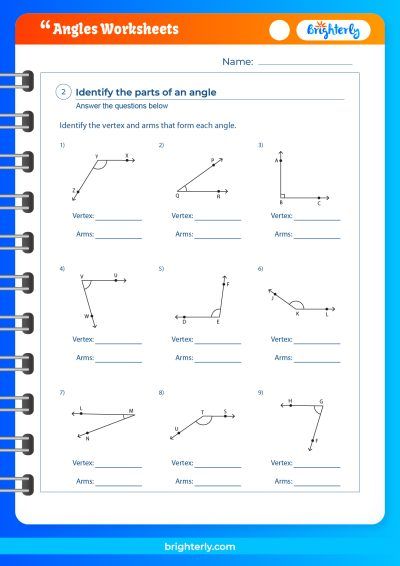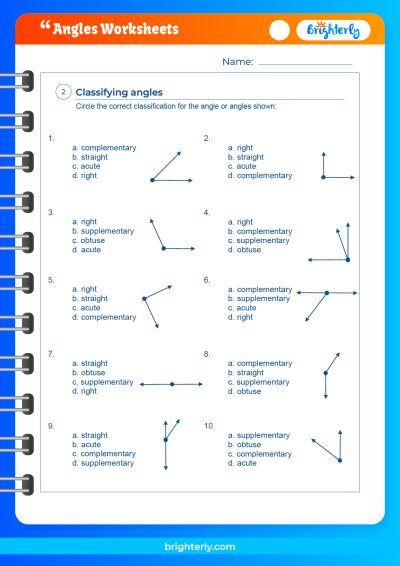Alternate Exterior Angles – Definition, Examples, Theorem
Updated on February 16, 2024
Welcome to Brighterly’s guide on Alternate Exterior Angles, an essential topic in our comprehensive math learning resources for children. At Brighterly, we believe in making mathematics understandable and enjoyable for kids. This article is crafted to align with that philosophy, offering a clear and concise exploration of alternate exterior angles. We aim to demystify this key geometric concept, making it accessible and engaging for young learners. Through our explanation, diagrams, examples, and interactive elements, we strive to foster a love for math in children and help them grasp these foundational concepts with ease. Let’s embark on this educational journey together and unlock the intriguing world of alternate exterior angles.
What are Alternate Exterior Angles?
Alternate exterior angles are an important concept in geometry, especially for kids beginning to explore the world of math. These angles occur when two parallel lines are intersected by a third line, called a transversal. The angles that are outside the parallel lines and on opposite sides of the transversal are called alternate exterior angles.
Understanding alternate exterior angles is crucial for students as they form the basis for many geometric proofs and problems. For instance, if you’re given a pair of parallel lines and a transversal creating a 50-degree angle on the outside, the alternate exterior angle on the other side will also be 50 degrees.
Definition of Alternate Exterior Angles
In a more formal definition: Alternate exterior angles are pairs of angles formed when two parallel lines are intersected by a third line (the transversal). These angles are found on the outside of the parallel lines and are on opposite sides of the transversal. Most importantly, these angles are congruent (equal in measure) when the lines are parallel.
Formula: If ∠A and ∠B are alternate exterior angles, then ∠A = ∠B.
Use Brighterly’s math worksheets for kids to help you master this topic. The math worksheets are designed by real Brighterly math tutors just for you.
Alternate Exterior Angles Theorem
Statement of the Theorem
The Alternate Exterior Angles Theorem states: “If two parallel lines are intersected by a transversal, each pair of alternate exterior angles are equal.”
Explanation of the Theorem
This theorem is easier to grasp with a visual example. Picture two parallel lines (Line A and Line B) and a transversal (Line C) intersecting them. The alternate exterior angles (let’s say Angle 1 and Angle 2) will have the same measure.
Converse of the Alternate Exterior Angles Theorem
Statement of the Converse
The converse states: “If a pair of alternate exterior angles are equal, the lines intersected by the transversal are parallel.”
Explanation of the Converse
This is the reverse application of the theorem. If we observe that alternate exterior angles formed by a transversal and two lines are equal, we can conclude those two lines are parallel.
Practice Questions
- Two parallel lines are cut by a transversal, creating an alternate exterior angle of 80 degrees. Find the measure of the corresponding alternate exterior angle.
- Are two lines parallel if a transversal creates alternate exterior angles of 60 degrees and 120 degrees? Explain.
FAQs on Alternate Exterior Angles
What exactly are alternate exterior angles?
These are angles formed outside parallel lines and on opposite sides of a transversal. They are equal when the lines are parallel.
How are alternate exterior angles used in math?
They are used in geometric proofs, problem-solving, and understanding the properties of parallel lines.
Can you give an example of alternate exterior angles?
Imagine two parallel roads with a bridge crossing them. The angles formed on opposite sides of the bridge outside the roads are alternate exterior angles.






